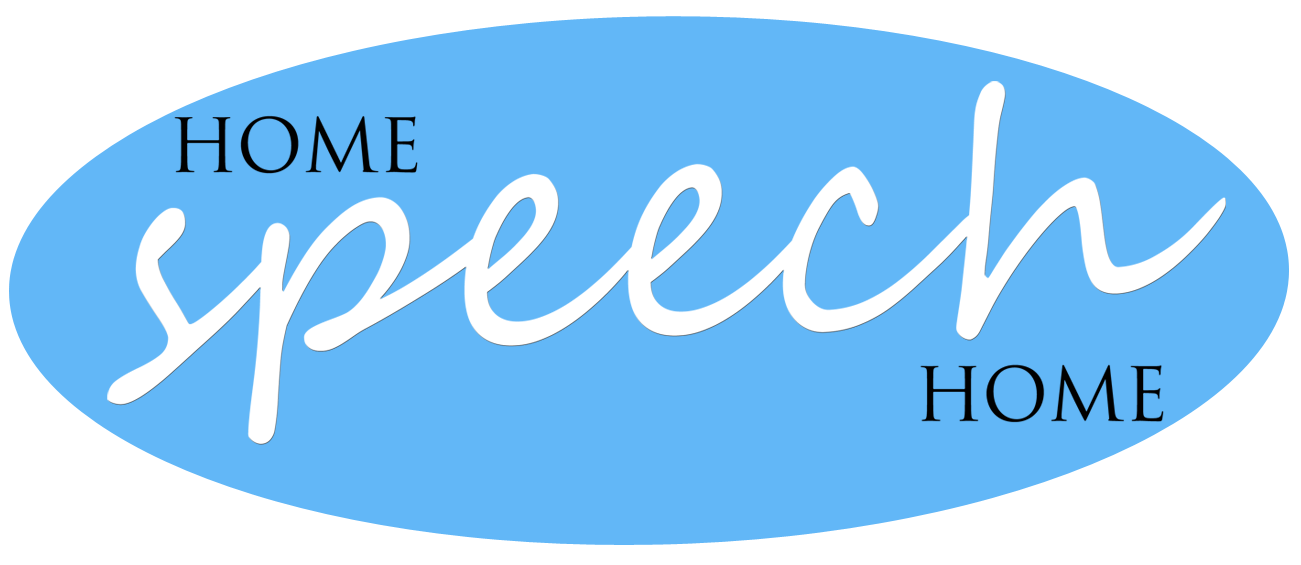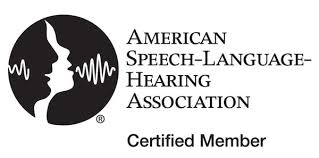
To use in your report, highlight text first then:
COPY
WINDOWS: Ctrl + C
MAC: Command + C
PASTE with no Formatting
WINDOWS: Ctrl + Shift + V
MAC: Shift + Option + Command + V
PASTE with Formatting
WINDOWS: Ctrl + V
MAC: Command + V
**Use for templates with tables**
The Test of Expressive Language (TEXL)
The Test of Expressive Language (TEXL) is a norm-referenced test that yields results for expressive language for children ages 3 to 12 years. The TEXL has three subtest that measure English language forms (vocabulary, grammatical morphemes and syntax). Vocabulary measures the student's ability to orally use nouns, verbs, adjectives, adverbs, and basic concepts. Grammatical Morphemes measures the student's ability to orally use grammatical morphemes, such as, prepositions, noun number and case (i.e. singular She runs; plural They run), pronouns, verb tense, noun-verb agreement, and morphology. Elaborated Phrases and Sentences measures the student's ability to verbally use syntax correctly, use sentences of greater complexity, and use varying sentence types (i.e. questions--interrogative, statements--declarative).
The test yields an expressive language index (ELI) standard score, which is the student's overall composite of the three subtests. The ELI may be used to refer to a student's general language ability and is a best estimate of an individual's current expressive language ability. Scoring is based on a composite index range of less than 70 (delayed) to greater than 129 (advanced) scores between 90 to 109 are considered to be in the range of average for this assessment. Each measure yields an index score, percentile rank and descriptive term to describe the child’s expressive language ability.
XXX's Expressive Language Index standard score of ?? is considered (ABOVE/WITHIN/BELOW) the average range. Analysis of XXX’s responses demonstrated strengths and weaknesses in the following areas (DESCRIBE).





